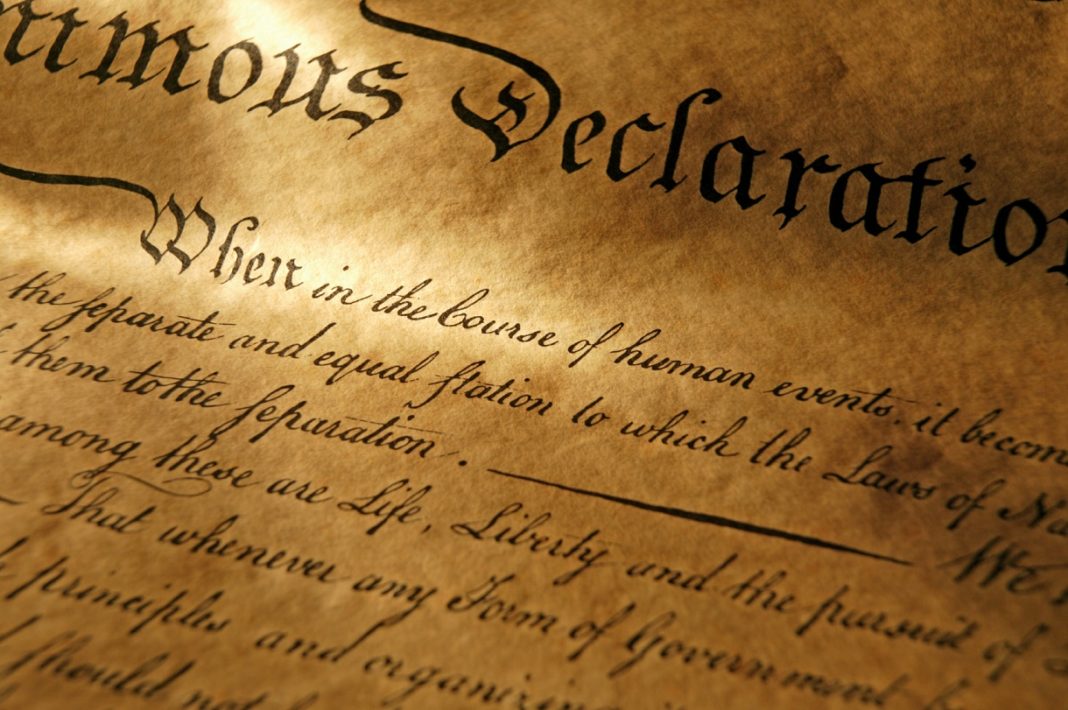What the Declaration of Independence and U.S. Constitution did for the United States, the Heavenly Constitution does for Cheon Il Guk. It tells the world the shape of this nation and why we, in the name of God, are creating it.
The Cheon Il Guk Constitution consists of a Preamble, The Family Pledge, eleven Chapters and an Addenda, 88 Articles in all.
“The Heavenly Constitution tells the world the shape of this nation.“
In this post I will describe its structure, and how it resembles the founding documents of the United States.
The Preamble, Family Pledge and Chapter 1 parallel the Declaration of Independence. They set forth the philosophy of God and humankind that undergird the nation, the providence that led to its founding, and the pledge of its representatives.
Chapter 2 parallels the American Constitution’s Bill of Rights. To its list of rights, it adds duties of citizens and standards appropriate to public officials, True Parents’ family, and blessed couples.
There follows a description of the branches of government, which parallels the central text of the American Constitution. Six branches, or “won,” implement the Principle model of governance based on the premise that the ideal world resembles “the structure and functions of a perfect individual.”
In the Principle model, the individual has six functions embodied by specific parts of the body: decision-making (brain, the Supreme Council), implementation (stomach, the Executive), legislation (lungs, the Assembly), jurisprudence (heart, the Judiciary), financial management (four limbs and the liver, the Foundation), and communication and education (spinal cord and peripheral nervous system, the Office of Media and Communications).
“The ideal world resembles the structure and functions of a perfect individual.“
The Constitution’s Chapters 3 – 8 describe the mission, authority and procedures of each of the six won, and the means of qualification, or disqualification, for their leaders and / or members.
In Chapter 9 the Heavenly Constitution parallels the American federal system of self-governing regional and national units, each of which adapts the national model to local usage.
Chapters 10 and 11 present the provisions for election—and here we have a divergence—and amendment.
The Addenda outlines the path of transition from the present world, which “bears a likeness to the body of a sick or injured person,” to the ideal world, in which people “will form one integrated and interdependent society in which they share all their joys and sorrows.”
A revolution of heart led to this Heavenly Constitution. We will unpack it in our upcoming posts.
Click here to download the Cheon Il Guk Constitution
(Reference: Exposition of Divine Principle, pp. 361-3.)
-TH








… to secure the blessing for ourselves and posterity